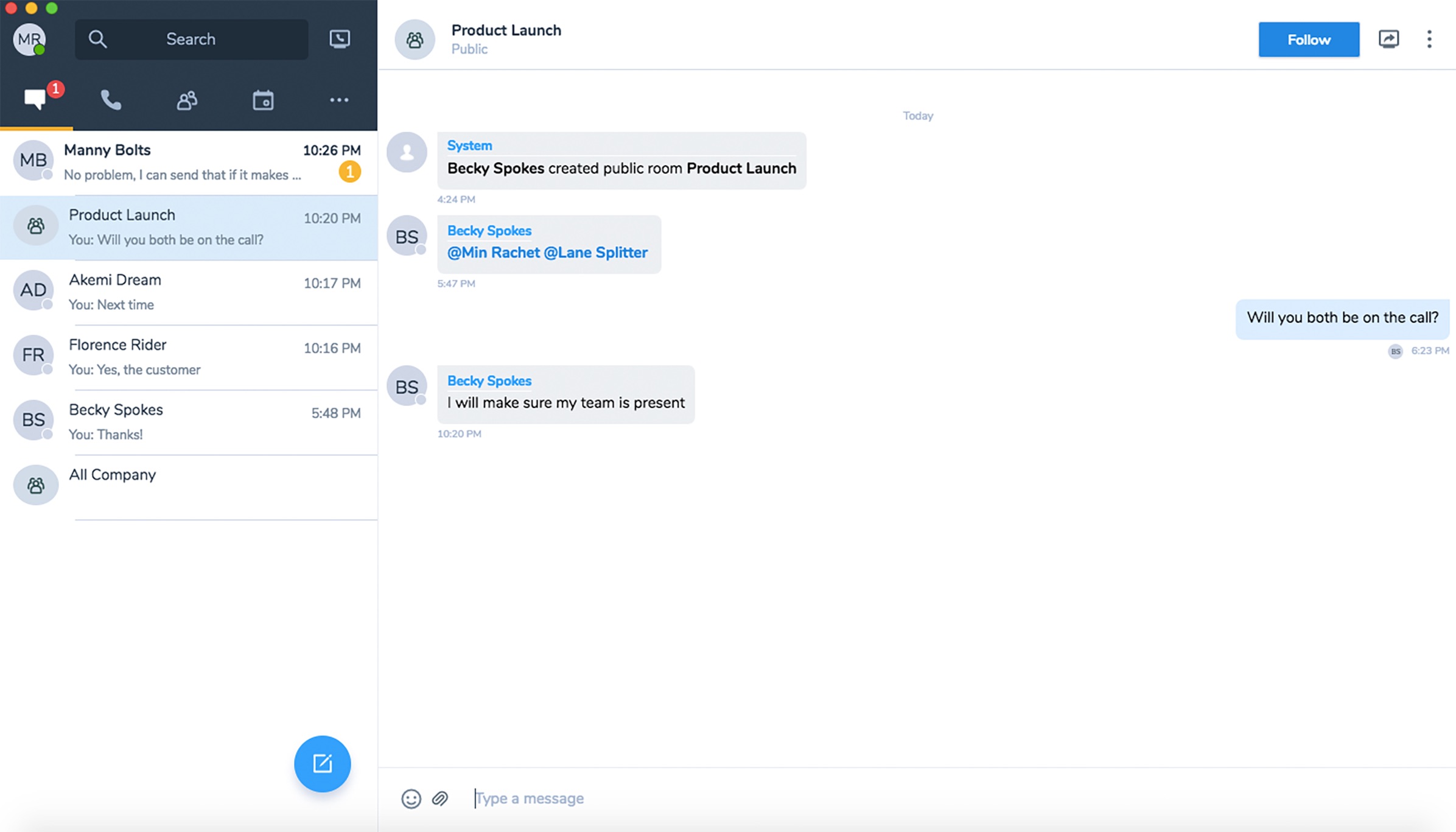
By some estimates, as much as 90% of the marketing content that’s created never gets used.
There are plenty of reasons behind this shortcoming. Salespeople are busy. They may not have the time to sort through an endless marketing library when they have an engaged prospect on the line. Marketers contribute to content irrelevancy as well. When campaign priorities change quickly, whole collections of assets may no longer be useful if they don’t support the organization’s new goals.
But there’s another challenge that can limit the effectiveness of content: lackluster collaboration between marketers and creators. When disconnects occur in these relationships, the resulting content will almost always struggle to meet expectations. Here’s how to improve collaboration between the two groups in order to produce more successful content:
Regular Meetings are a Must
Very few companies exist these days at which marketing priorities remain consistent from month to month and year to year. Business moves quickly, and this often leaves marketers scrambling to respond to new demands.
When campaigns evolve quickly, it can be challenging to keep all stakeholders in the loop. This is especially true when companies rely on freelance creators or other external contributors; “out of sight, out of mind” can be a very real risk to collaboration.
For content creators to effectively support marketing’s needs, the two teams must be in regular communication. This should include:
- Weekly (or, at least, monthly) team meetings to discuss current priorities and how content can support them
- A channel for real-time communication (such as a team chat tool) that allows for faster updates on an ongoing basis

Putting these resources in place isn’t just about facilitating feedback. It’s also about setting the expectation that marketers and creators must be in regular contact with each other for both groups to be successful.
Speak Each Other’s Language
Another challenge that has the potential to inhibit effective collaboration between marketers and content creators is that the two teams can have very different aims. Marketers, for example, tend to be most concerned with whether or not the assets their teams create are moving the needle on their campaign goals.
Creators, on the other hand, tend to prioritize quality. Writers want to produce the most eloquently crafted copy they can. Graphic designers and videographers want to push creative boundaries by deploying every skill they possess and every type of technology possible.
When the two teams are aligned, each of these goals can support the other: marketers can benefit from cutting-edge creatives, while creators enjoy the knowledge that their work is producing results. But if this alignment isn’t established and maintained, it can cause conflict between the two groups.
Enabling proper collaboration comes down to each team learning to speak the other’s language. Performance-focused marketers must learn to give creative feedback that pushes projects forward in a way that’s likely to improve the results of individual assets. Similarly, creators should educate themselves on how their creatives contribute to campaign performance to better understand what marketers need to get out of their creative assets.
Focus on Outcomes
One way to overcome the hurdle posed by the different goals of marketers and creators is to focus on project outcomes, rather than appeal or aesthetics.
Yes, creative content should always be as high-quality as possible. But “quality” is subjective. If quality is held up as the standard against which content is judged, this opens up the potential for disagreements between marketers and creators about what truly constitutes “quality” work.
Instead, teams should use the regular meetings described above to identify target outcomes for each piece of content being created.
- Is the goal of the blog post being written to encourage comments? To drive email opt-ins? To direct readers to a sales page?
- Is the graphic being designed intended to encourage social shares? Or just to encourage brand affiliation?
- Should the success of a video being filmed be measured by its total views? By the number of viewers who watch the entire video (vs dropping off partway through)? By the number of social shares?
When these outcomes are discussed openly and agreed upon in advance by both marketers and creators, campaign success becomes much more likely. Marketers can be confident that the creative work produced will meet their needs to the greatest extent possible, while creators will feel reassured by having a defined structure to work within while creating content.
Collaborating in this way requires accountability on the part of both parties. Neither marketers nor creators can steer the ship on their own. But by working together through regular meetings, by understanding each other’s needs, and by coming to advance agreements regarding the target outcomes of all content to be produced, both parties can feel confident in their ability to create performance-driven content that supports campaign success.

